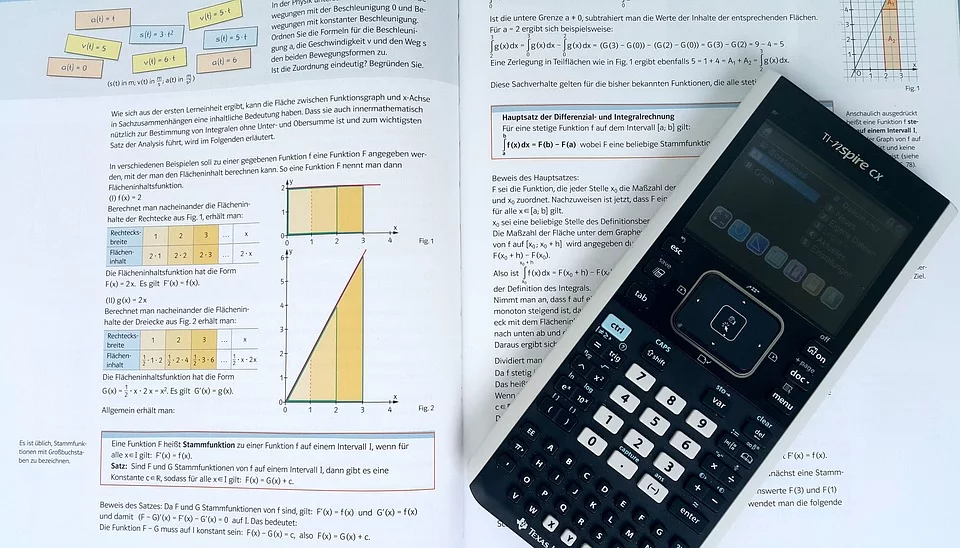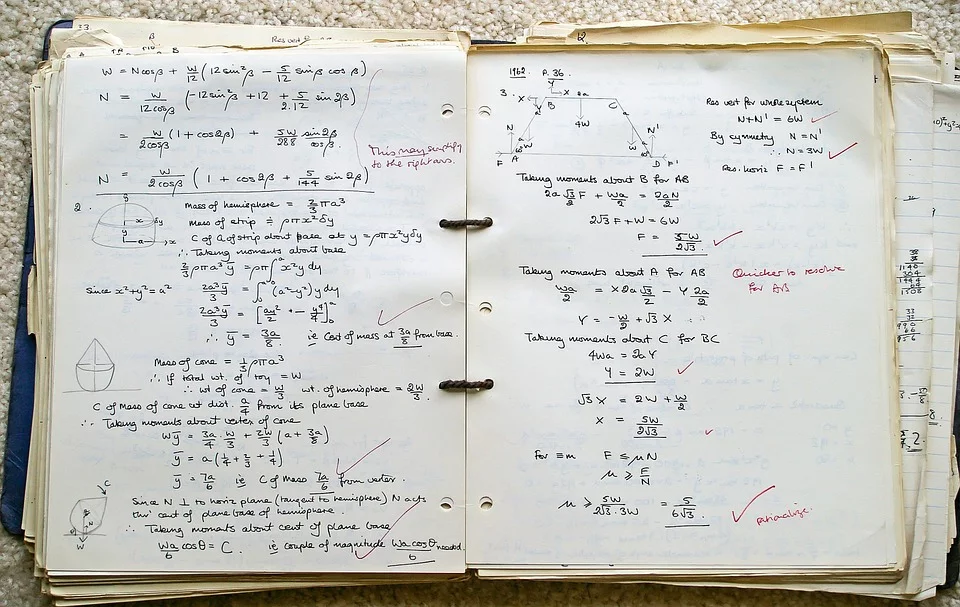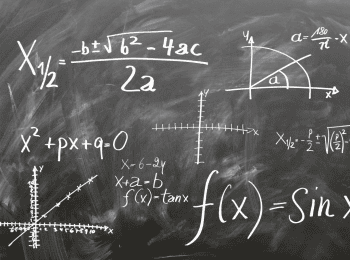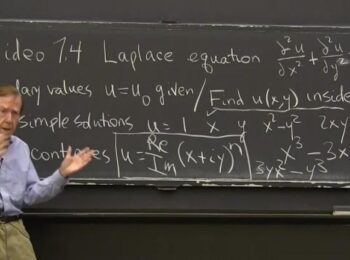Calculating the derivative of absolute value is challenging at first, but once you learn the formula, you can easily find the right values and functions in any problem. You will need to use many terms when working with derivatives, including continuity, discontinuity, piecewise, limits, and differential.
How To Calculate The Derivative of Absolute Value
Derivatives are functions of a single variable at a certain value, and a derivative represents the slope of the tangent line about the function graph at the chosen point. Derivatives represent a basic tool used in calculus.
A derivative will measure the depth of the graph of a function at a random point on the graph. Therefore, the chosen derivative is called a slope. The derivative has a ratio of change in the function value to adjustment in the free variable.
Learn about derivatives, limits, continuity, and other components so you can calculate the derivative of absolute value in mathematics.
Overview of Derivatives

Image by Pixabay
You need to know the value of the function or f(x) at a certain x, but you may also want to find out how fast the function changes. The slope of the line indicates the linear function. The slope is different at every point for a curved line. A constant number shows the slope of a straight line, and a curved line slope is a function of x.
Use the derivative or f prime of x, which is written as f(x) to find the value of lines. You’ll find many curved lines in calculus. Read all you can about limits and practice using them since they are essential when you work with derivatives.
Derivatives are sometimes used to find out a rate of change, but they can also approximate local non-linear functions. A real variable or real-valued function and a surface defined by a multi-variable function may use derivatives.
A linear function is seen as the line tangent at a particular point and can be seen in a real variable as a tangent plane. A derivative may be the best linear representation for a function in the area of a point.
Simply put, derivatives represent how a quantity changes while another quantity varies. You can make models by comparing quantities to their rates of change, Use tools from differential equations to predict the rate of change. The predictions made using derivatives are usually accurate.
When you work with derivatives, you’ll also need to know the following terms:
-
Continuity
-
Discontinuity
-
Limits
-
Differential
-
Square root
-
Piecewise
Some of these terms are explained below and in the derivate examples.
Limits

Image by Pixabay
Here’s one example of limits and how to use them. Look at the function f(x)=x+2f(x)=x+2. Study the graphed function to find the limit of ff is x equals 3x equals 3 pinpoints the value of ff when you get close to x equals 3x equals 3.
The yy value you get close to when you look at the ff graph and come closer to the x equals 3s equals 3 point as the limit. If you begin at the (1,3) and (1,3) point on a graph and move until you get next to x equals 3x equals 3, then the function’s value, or yy value, is almost at 55.
When you begin at (5,&0 and (5,7) on the graph, move to the left until you’re almost at x equals 3x equals 3. you’ll notice the yy value will be almost 55 again. The limit of ff, then, is x equals 3x equals 3 equals 55.
Continuous and Discontinuous Functions

Image by Pixabay
A continuous function has no points missing or jumps – the graph is linked everywhere you look.
A single-step discontinuity function can be exampled as follows:
A function with zero applied to x values less than zero, and one for x values equal to or greater than zero has a single-step discontinuity at the x equals zero point. In a graph of this discontinuous function, there’s an open circle, or (0,0), which indicates one point is absent from the function.
The graph f(x), however, includes point (0,1) as a filled in circle; therefore, it is a simple discontinuous function.
The unit-step function has a step at zero. When x gets close to zero from below, the result is different than the limit when x gets close to zero from a higher point on the graph.
Check a graph drawn to show this unit step function, and you’ll find that x equals zero is discontinuous. You’ll see that f(x) is continuous elsewhere on the graph. One discontinuity causes the function to be discontinuous to its real number domain.
A jump discontinuity can also cause a function to become discontinuous. A function can be zero in all places on the graph except x equals zero, a location where it becomes one. The discontinuity is called a jump discontinuity.
You’ll find an open circle at the (0,0) point to show the point is not on the graph. A closed circle (0,1) shows that the point is included. The equation for this jump discontinuity reads 0 to the zero power equals 0, lim f(x) equals zero and a second lim f(x) equals zero.
This particular function has the same right and left limits. Then, we compare the limit and function value, which reads lim f(x) equals zero and (f) 0 equals 1. The values aren’t the same and are discontinuous.
More about Continuity

Image by Pixabay
One statement about continuity says that the limit of the function right before x gets to x0 from the left is the same as when x gets close to x0 from the right. Both the right and left limits are the same; you can call them as the limit of f(x) when x gets close to x0. When the left and right limits are the same at a certain point, there are limits at the point.
Another statement about continuity says that the limit should be equal to the function value at the determined point. When the function fails the right and left limit matching scenario, it isn’t continuous at zero and fails the continuity test.
Summary of How to Find the Derivative of Absolute Value
If you plot the graph of |x|, you’ll see that there are only two possible slopes, which are +1 when x is positive and -1 when x is negative. Also, you cannot define this slope when x is 0.
So, a simple way of showing this is in an expression as |x|/x, which turns out to be 1 when x is positive and -1 when x is negative.
Finally, the derivative of absolute value is abs(x)/x.
Do you have any additional tips to finding the absolute value of x? Let us know in a comment!
The video may take a few seconds to load.Having trouble Viewing Video content? Some browsers do not support this version – Try a different browser.






